Nitrous oxide, or laughing gas, is being diverted from its primary use to induce temporary euphoria. This use is particularly widespread among young people, who are often unaware of the irreversible consequences. A medical collective has been set up in Lille to better treat this phenomenon. A first in France. Nitrous oxide, also known as "proto" or "laughing gas", was originally used in the food industry to make whipped cream in siphons. It is also used as a medical anesthetic (MEOPA). This gas, contained in small capsules found over the counter in whipped cream siphons, can also be injected into a balloon and then inhaled. It then has the power to induce an instant euphoria lasting two to three minutes. This is evidenced by the large number of capsules found along sidewalks or on the lawns of urban parks. For some time now, this recreational use has been a real phenomenon among teenagers and high-school students, eager to experience a brief moment of euphoria. But are they aware of the devastating effects of this gas?
Effects that can be irreversible - Impaired balance, temporary quadriplegia - for Dr. Grzych, University Lecturer and metabolic specialist at Lille University Hospital, the effects of this gas are clear: "This laughing gas can have dramatic consequences. Nitrous oxide is a highly oxidizing molecule. Its massive and chronic consumption leads to the inactivation of vitamin B-12, which is essential for the proper functioning of our bone marrow and spinal cord. The consequences can include loss of control (particularly when driving), the onset of thrombosis, and even irreversible motor complications, leading to paralysis requiring the use of a wheelchair".This massive consumption can also be explained by the fact that the initial symptoms are often benign and therefore not alarming (euphoric effect). Immediate and brief effects, leading to repeated consumption. Fashions, low prices and accessibility are other reasons why young people are so keen on nitrous oxide.
A real market - Added to this is the hypocrisy of certain manufacturers. As Dr. Grzych notes: "It used to be that we counted the cartridges in an evening; now we count the carboys. And with good reason, some manufacturers are now selling on their websites cartons that can hold the equivalent of 100 capsules. Worse still, on these commercial sites, the sale of these cylinders is combined with iconography, highlighting a festive atmosphere with alcohol and tobacco. A far cry from a gas used to make whipped cream cake. These sites even go so far as to offer you the chance to become a wholesale reseller. The problem, explains Dr Grzych, is that "the marketing of these cylinders minimizes consumption. When they use several small capsules, young people are visually aware of how much they've taken in. The use of a single bottle, on the other hand, removes any discernment as to the quantity consumed (when in fact they are consuming a hundred capsules at once)." This packaging undeniably encourages over-consumption. If caught in time and the consumption of this gas stopped immediately, the patient can be treated quickly. But if consumption continues, the after-effects are irreversible. Hence the need to make the right diagnosis as quickly as possible.
Prevention to curb consumption - This is one of the main difficulties facing doctors: making the right diagnosis. The use of nitrous oxide also has chronic effects, such as tingling or walking disorders, similar to those caused by multiple sclerosis.
One of the aims of the medical collective set up by Dr Grzych, neurologist Céline Tard and addictologist Sylvie Deheul at Lille University Hospital, with the support of the Hauts-de-France ARS, is to provide doctors with better training for faster, more accurate diagnosis. This group of doctors also includes biologists and cardiologists, to create a group synergy and share the protocols implemented by the various practitioners. The aim is to provide the best possible care for patients.
The aim is also to better understand the effects of nitrous oxide on the body. In particular, we'll be looking for new blood markers, in order to identify new treatments.
The aim of this collective, explains Dr Grzych, "is also to better understand the effects of nitrous oxide on the body. In particular, we are looking for new blood markers, in order to determine new treatments. At present, we know that vitamin B12 can help a patient's physical recovery, but it doesn't work in all cases.
Some patients, for example, take vitamin B12-enriched food supplements. These will have no effect if they continue to inhale nitrous oxide at the same time, as the gas prevents the vitamin from acting.
The idea of the collective is to propose: a personalized care pathway for patients, to understand the nature of complications linked to global metabolic alterations, to find markers of consumption and complications, in order to propose therapies adapted to each patient.
These are just some of the research projects to be launched by this group, for which the medical team is currently seeking funding through national and international calls for projects. These research projects will be discussed at a European congress in Munich next April.
Faced with the scale of the phenomenon among young people, practitioners are astonished by the public authorities' difficulty in reacting. While the misuse of nitrous oxide is on the increase, they cannot resign themselves to a lack of concrete knowledge and sufficient concern to stop its consumption.
On a positive note, the legislation has been strengthened by the adoption last year of a new law, sponsored by elected representatives from the North of France.


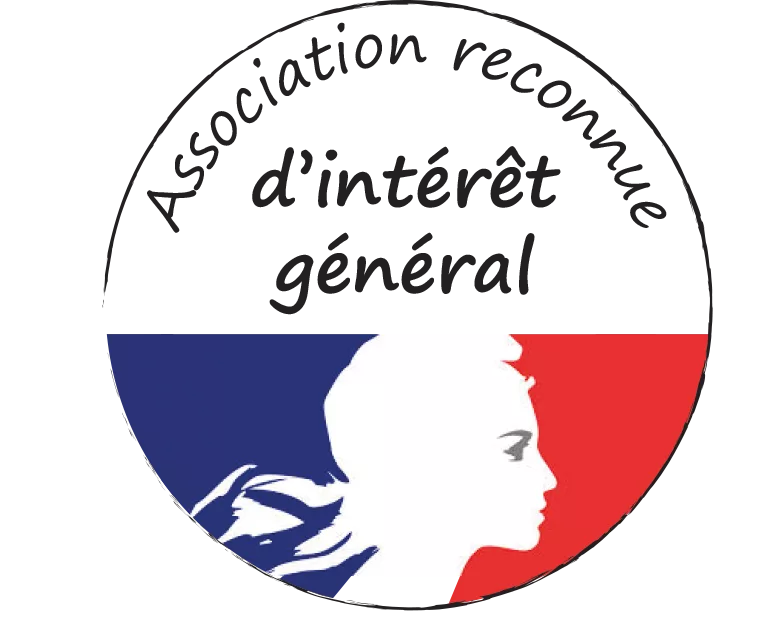

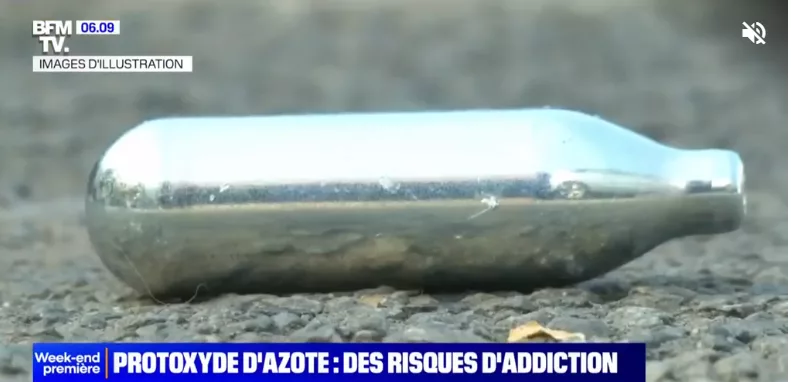
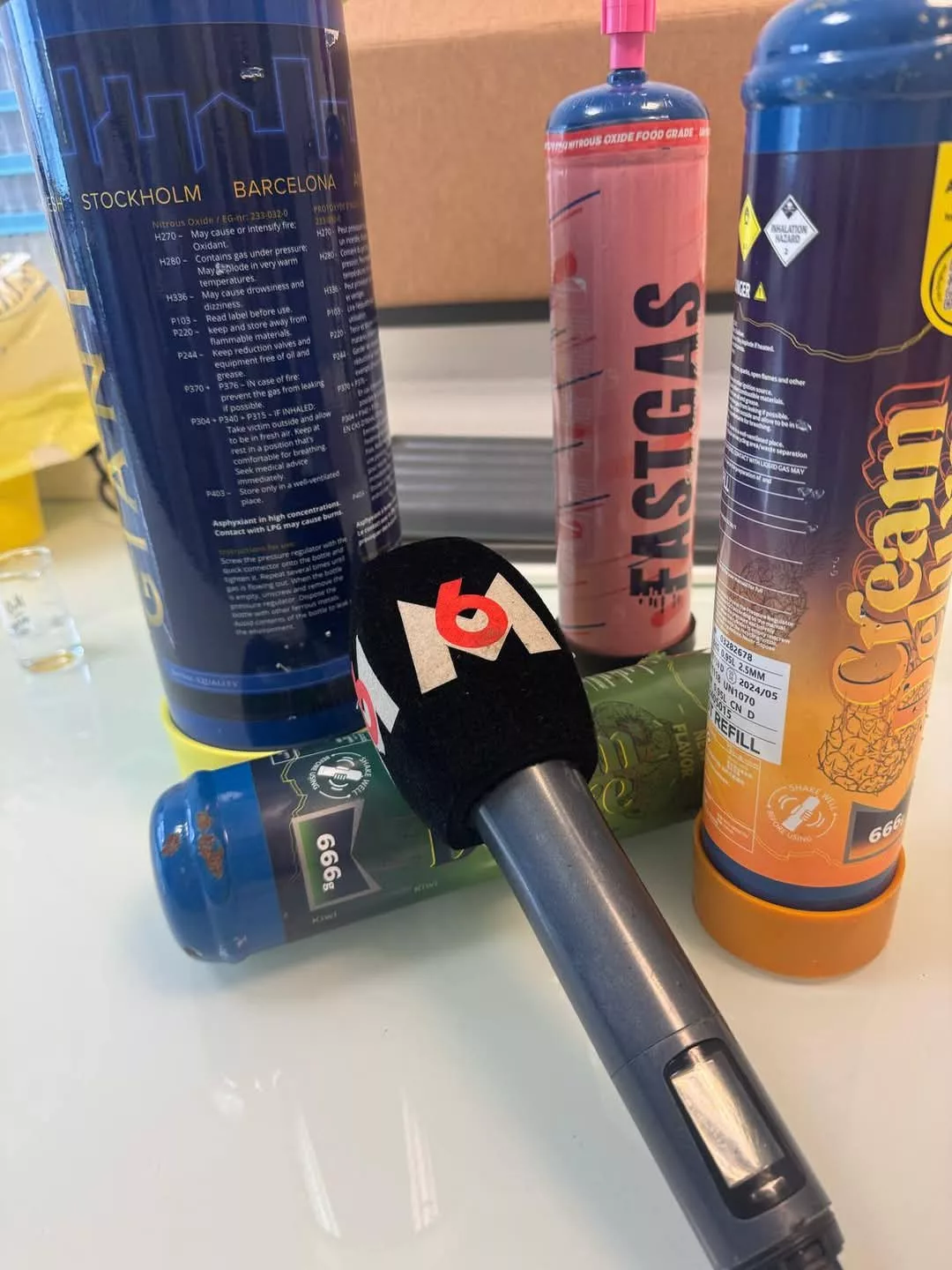
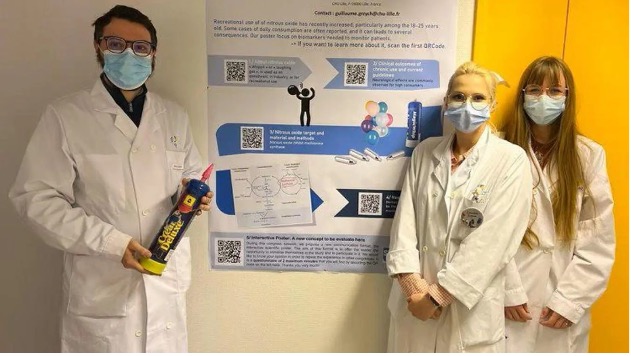
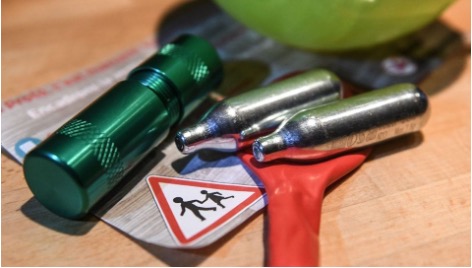
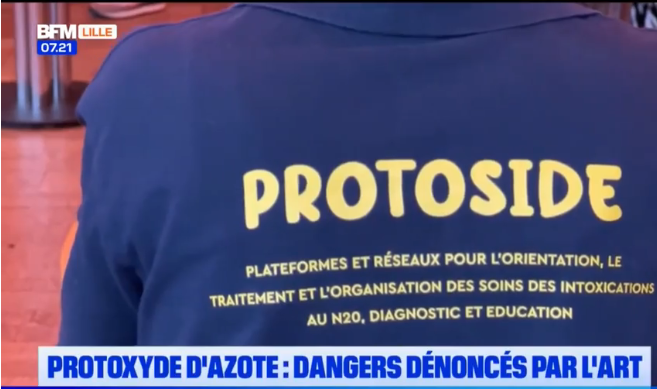
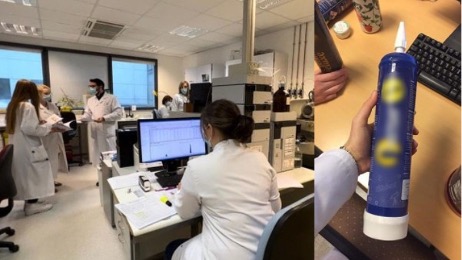
 Make a donation
Make a donation